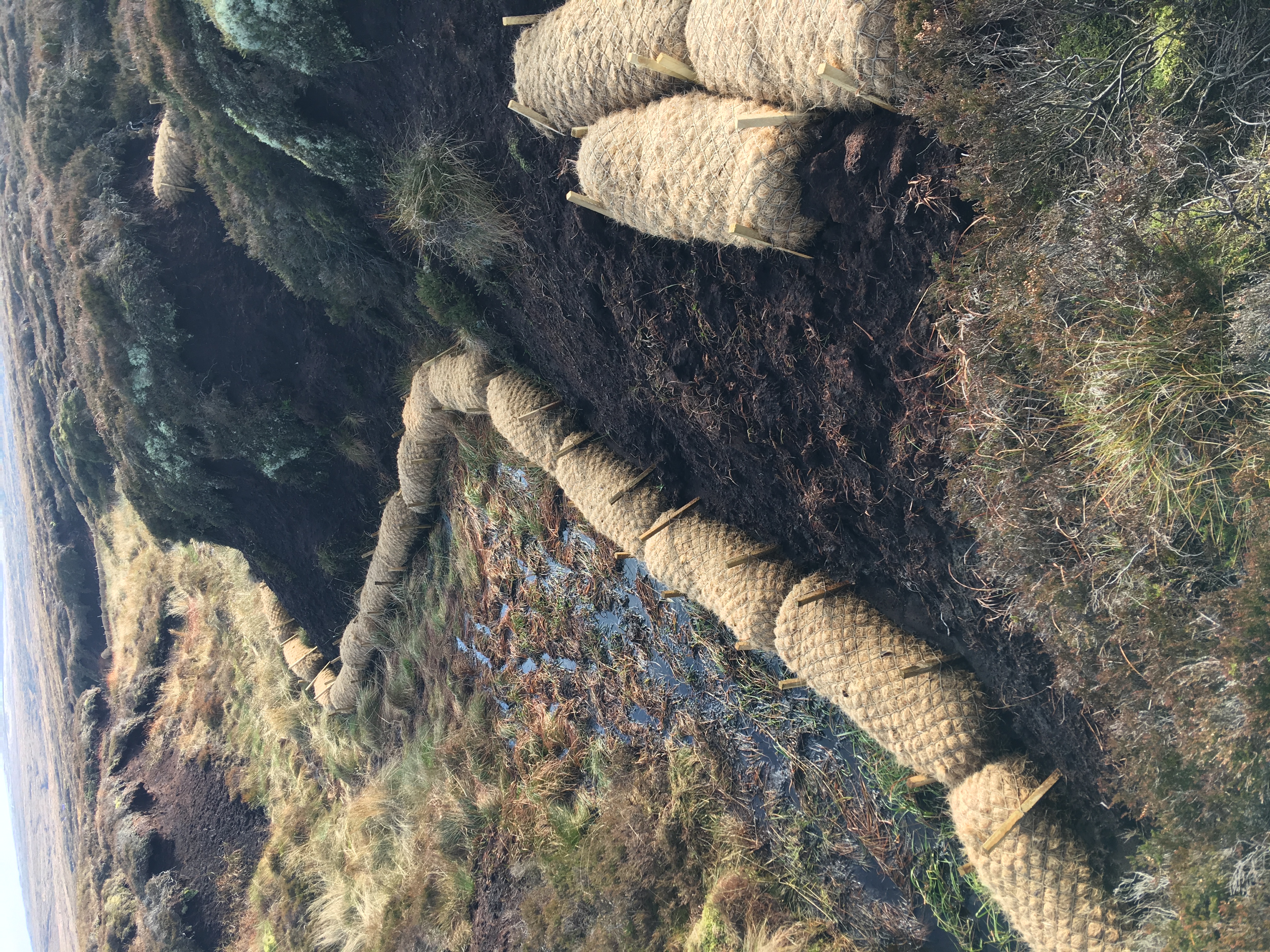The EA Environment Programme and the Catchment Based Approach
Katie Aspray and Claire Tunningly, Yorkshire Environment Programme Managers for the Environment Agency, describe this work.
What is the Environment Agency (EA) and the EA Environment Programme?
The Environment Agency (EA) is a non-departmental public body, sponsored by Department for Environment, Food and Rural Affairs (DEFRA). Its responsibilities relate to the protection and enhancement of the environment in England.
The EA’s Environment Programme delivers a suite of projects that have inter-connected benefits for both carbon sequestration and climate resilience. We do this by working with Catchment Partnerships across Yorkshire. In 2019/20 we worked in partnership with 95 different organisations.
What is a Catchment Based Approach?
Catchment Based Approach (CaBA) embeds collaborative working at a river catchment scale, delivering a range of environmental, social and economic benefits. It protects our precious water environments using nature based solutions for the benefit of us all. DEFRA sponsored the development of these in 2013 because mitigating the impact of climate change as well as making habitats more resilient to climate change are key priorities.
Our natural flood management (NFM) projects currently include wetland creation in Bishopdale, North Yorkshire. This will sequester carbon, create buffer strips to reduce loss of soil and planting of nearly 100, 000 trees. Ultimately, this planting will ensure future sustainability through the creation of a seed bank.
How do CaBA and NFM reduce the carbon footprint of work done to reduce flooding?
The Catchment Based Approach (CaBA) promotes local solutions implemented by local stakeholders, therefore reducing the carbon footprint of delivery. The measures implemented as part of these projects tend to be low impact in comparison to major capital works. For example, implementation of a natural flood management (NFM) scheme at Ilkley removed the need for installation of a concrete convert construction therefore eliminating carbon emissions from such a scheme.
What are some of your flagship partnership projects?
We deliver flagship projects working with partners (North Pennines Area Outstanding Natural Beauty (AONB) Partnership, the Yorkshire Peat Partnership (YPP), forest of Bowland, Yorkshire water and United Utilities) to deliver 1000s of hectares of peat restoration through the Pennine Peat LIFE project.
What is the role of smaller community led projects for climate mitigation and resilience?
Smaller community led projects are important too. For example, Local Levy funding was used to plant over 100, 000 trees in the Upper Calder Valley.
In addition, community led projects promote climate resilience through skill development and education within the community organisations delivering locally derived outcomes.
How do your projects mitigate against climate change?
Our projects come together to mitigate the rate of climate change through actively sequestering carbon by planting 1000s of trees a year, and avoiding the loss of carbon from our peat bogs.
We are working to quantify the carbon benefits of all our projects.
How does your work to create climate resilient habitats improve biodiversity?
We create resilient habitats by reconnecting our rivers, reducing pollution and protecting species.
In the last 5 years we have worked with multiple partners to open over 100km of Yorkshire Rivers to migratory fish species through fish passes and weir removal. For the first time in 200 years migratory species can move from the Humber all the way up the River Don to spawning grounds above Sheffield. Also, works to allow the full migration of the river Aire are almost complete. Changes such as these contribute to sustainable and stable populations that will need resilience to a changing climate.
This will be especially important in northern rivers as our southern rivers warm.
What other benefits come from collaboration?
Working in collaboration enables our EA funding to go much further by using environmental charities for delivery, as they have access to volunteers and cheaper materials. A sense of community has been created by working in partnership with a shared vision for a catchment. This in turn has maintained momentum and aspiration for more delivery. Communities have benefitted from getting involved directly in delivery of some of the projects or receiving some of the benefits, for example in terms of flood risk mitigation.
Partners are beginning to become more self-reliant and funding experts in their own right, which enables long term sustainability of third sector delivery. Partners are also part of a growing citizen science movement to collate and store their own evidence about the condition of nature in this country and can use that to deliver and to challenge.
What can be done differently?
If we had access to more sustainable long term funding from both government and the private sector we could deliver much more and in a more integrated way in future.
Any tips to share?
As we face the challenges of a global pandemic, climate change and building a green recovery, the commitment to partnership working and collaboration is key to success.
Photo credits: Katie Aspray (Pennine Peat LIFE project, below).







